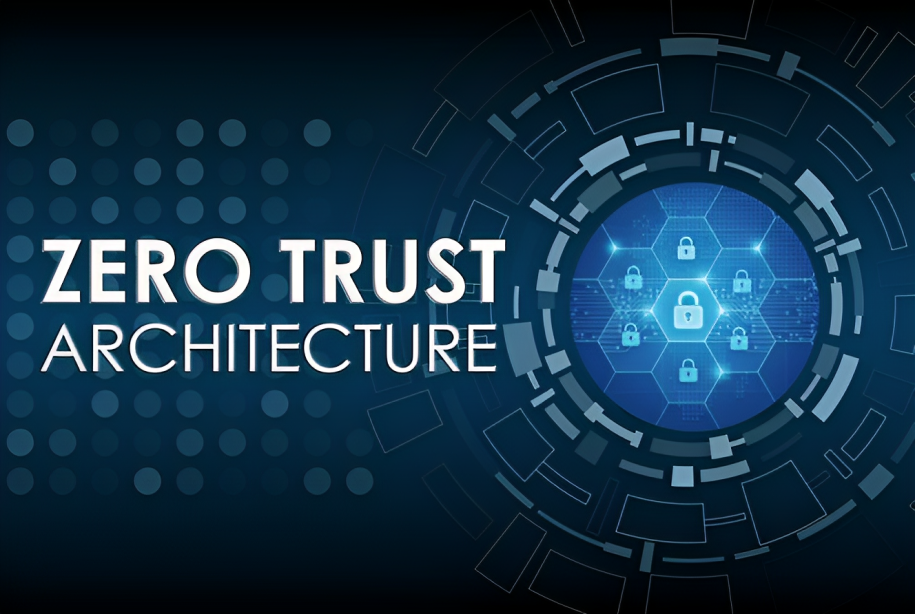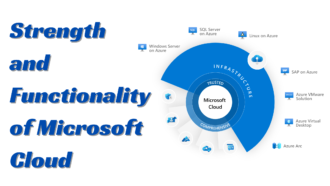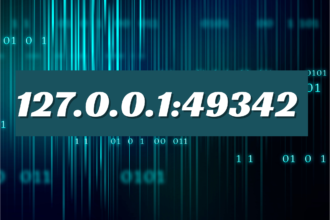FedRAMP and Zero Trust Architecture: Integrating Security Principles
In the constantly evolving cybersecurity landscape, two prominent frameworks have gained considerable traction in recent years: the Federal Risk and Authorization Management Program (FedRAMP) and Zero Trust Architecture. FedRAMP and Zero Trust Architecture represent critical paradigms that aim to fortify digital infrastructure, enhance data security, and mitigate cyber threats. Individually, they offer robust security measures, but when combined, they form a formidable defence against modern cyber risks for government agencies and beyond.
FedRAMP: Ensuring Cloud Security and Compliance
The Federal Risk and Authorization Management Program, known as FedRAMP, was established to standardize the security assessment, authorization, and continuous monitoring of cloud products and services. Its primary objective is to ensure that cloud solutions adopted by government agencies comply with stringent security controls and guidelines.
FedRAMP operates under the premise of a standardized approach to security assessment, authorization, and continuous monitoring for cloud products and services.
It achieves this through a three-tiered approach:
- Security Requirements: FedRAMP lays down a comprehensive set of security controls that cloud service providers must adhere to. These controls include data encryption, access controls, vulnerability scanning, and incident response.
- Authorization Process: Cloud service providers undergo a rigorous assessment and authorization process wherein they must demonstrate compliance with FedRAMP’s security controls. This process involves documentation, testing, and evaluation by authorized third-party assessment organizations (3PAOs).
- Continuous Monitoring: Cloud services are continually monitored once authorized to ensure ongoing compliance and security. Regular assessments and audits are conducted to address any emerging threats or vulnerabilities.
Zero Trust Architecture: Redefining Security Perimeters
In contrast, Zero Trust Architecture operates under the assumption that traditional security perimeters are no longer effective in safeguarding against sophisticated cyber threats. It advocates for a security model based on the principle of ‘never trust, always verify.’ Zero Trust assumes that threats exist inside and outside the network; thus, strict access controls and continuous verification are imperative.
Key tenets of Zero Trust Architecture include:
- Micro-Segmentation: Network segmentation is crucial to Zero Trust. It involves dividing the network into smaller, isolated segments to minimize the lateral movement of threats.
- Continuous Authentication and Authorization: Rather than relying solely on perimeter-based security, Zero Trust implements continuous verification of users, devices, and applications accessing the network.
- Least Privilege Access: Users and systems are granted the minimum level of access they need to perform their tasks, reducing the potential impact of a breach.
The Synergy: FedRAMP and Zero Trust
When FedRAMP’s stringent cloud security standards are integrated with the principles of Zero Trust Architecture, a synergistic approach to cybersecurity emerges. By combining these frameworks, organizations, especially government agencies, can fortify their cloud environments with enhanced security measures:
Enhanced Security Posture
- FedRAMP’s Comprehensive Controls with Zero Trust Principles: FedRAMP’s robust security controls, which encompass various facets of data security, encryption, access controls, and more, align well with Zero Trust’s foundational principle of ‘never trust, always verify.’ Organizations establish a more resilient security posture by integrating Zero Trust principles into FedRAMP-compliant cloud environments.
- Defense-in-Depth Strategy: FedRAMP’s emphasis on multiple layers of security control complements Zero Trust’s approach of assuming breach scenarios. This synergy creates a multi-faceted defence-in-depth strategy that fortifies the perimeter and secures the internal network segments against lateral movement of threats.
Continuous Monitoring and Adaptive Security
- Alignment in Continuous Verification: FedRAMP’s continuous monitoring requirements seamlessly fit into the Zero Trust model’s emphasis on constant authentication and authorization. This alignment ensures that ongoing verification of users, devices, and applications accessing the cloud environment remains integral to the security strategy.
- Adaptability to Emerging Threats: FedRAMP’s continuous monitoring and Zero Trust’s adaptive security measures enable quick detection and response to potential breaches or anomalies within the cloud infrastructure. This adaptive approach helps organizations stay ahead of evolving cyber threats, mitigating real-time risks.
Proactive Defense and Least Privilege Access
- Proactive Risk Mitigation: Zero Trust’s foundational principle of assuming zero trust even within the network aligns with FedRAMP’s proactive risk mitigation strategies. This collaborative approach ensures that access controls, least privilege access, and stringent security measures are consistently upheld, minimizing the attack surface and potential impact of breaches.
- Least Privilege Access Control: FedRAMP’s requirement for strict access controls, combined with Zero Trust’s principle of granting the minimum necessary access level, enhances security by limiting exposure to potential threats. Users and systems are granted access based on continuously verifying their identity and necessity, reducing the likelihood of unauthorized access or data breaches.
Conclusion
In an era marked by escalating cyber threats, the combination of FedRAMP‘s cloud security standards and Zero Trust Architecture’s proactive approach is pivotal. This amalgamation offers a comprehensive and adaptive security framework that strengthens the resilience of government agencies and organizations against an ever-evolving threat landscape. Embracing these frameworks in tandem represents a proactive step towards safeguarding critical data and infrastructure in today’s digital age.


















